There is no doubt that Meghalaya is one of our favorite places. Situated in the hills of the eastern sub-Himalayas, Meghalaya is one of the most beautiful states of India. In Sanskrit, Meghalaya translates into ‘abode of clouds’ and it is rightfully called so. Claimed to be one of the wettest places on the earth, Meghalaya sees the hide and seek played between the sun and rains.
Surrounded by the Khasi, Jaintia and Garo Hills, Meghalaya offers simple and unspoiled beauty to its visitors. The state boasts of incredible natural beauty, cascading waterfalls, sparkling clean rivers, natural caves and a colourful cultural heritage. From the gorgeous waterfalls of Cherrapunjee to the clear waters of Umngot, Meghalaya is literally a place halfway between heaven and earth.
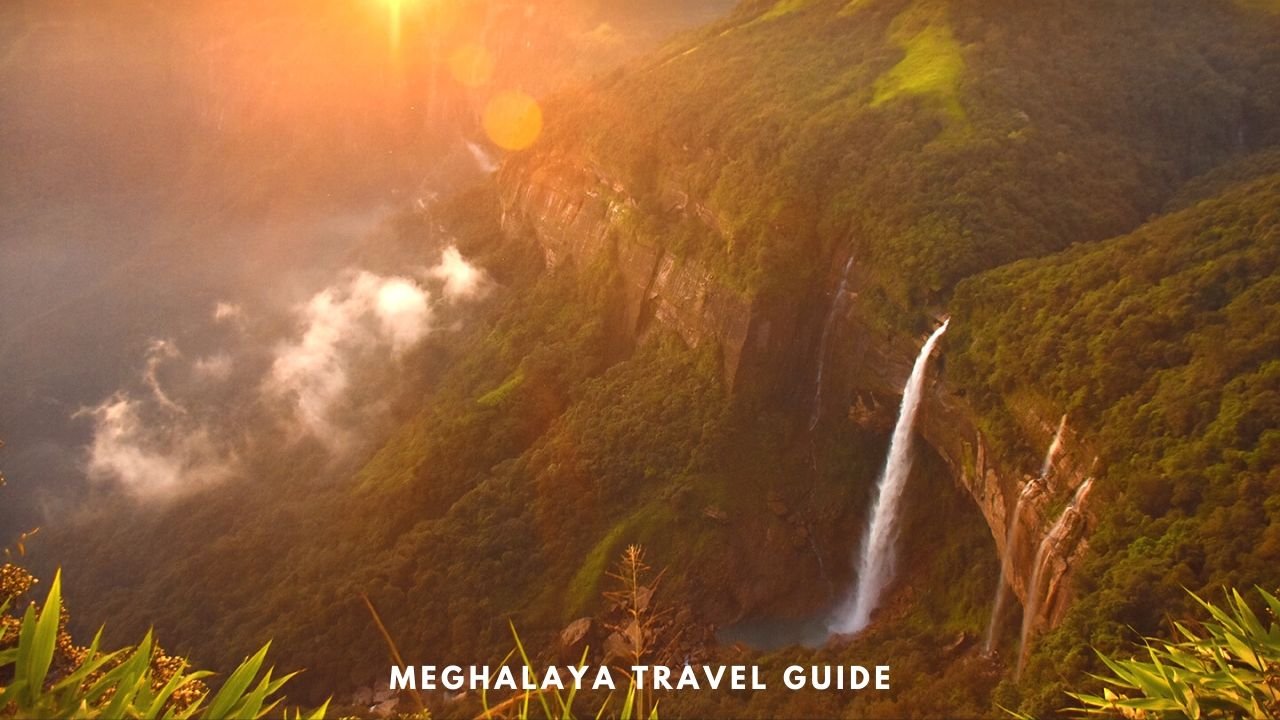
Contents
Where is Meghalaya?
Meghalaya Trip – Is it safe to visit Meghalaya?
How to Reach Meghalaya?
Local Transport in Meghalaya
Moving around Shillong
Moving around towns in Meghalaya
Bike Renting at Shillong
What is the Best time to visit Meghalaya?
Places to visit in your Meghalaya Trip
1) Shillong
2) Cherrapunji
3) Nongriat Trek
4) Mawlynnong
5) Mawphlang
6) Dawki
Offbeat places to visit in Meghalaya Trip
1) Mawlyngot
2) Mawlyngbna
3) Kongthong
4) Umden
5) Nongkhnum Island
6) Tura, Garo Hills
Where to stay during the Meghalaya trip?
How much does it cost on a Meghalaya Trip?
Meghalaya Travel Guide (FAQs Answered)
More pictures to convince you for a Meghalaya Trip
Where is Meghalaya?
Meghalaya is located in the northeastern part of India. Meghalaya was carved out of the state of Assam and shares its borders with Assam and Bangladesh in the west and south.
Meghalaya Trip – Is it safe to visit Meghalaya?
Meghalaya is perhaps one of the safest states that we have visited. The people are friendly and will always be ready to help you.
Meghalaya is also one of the safest places for women to travel. Being a matrilineal society, crimes against women are not much seen here. Meghalaya is one of the states where I feel quite at home during solo travel as well.
How to Reach Meghalaya?
Just like the other northeast states, Guwahati forms the entry point of Meghalaya as well. Shillong is the most important and the capital city of Meghalaya. Your Meghalaya trip will probably start from Shillong itself.
Shillong has a domestic airport that is connected by flights from Kolkata, Guwahati and New Delhi. However, the best way to enter Meghalaya would be to arrive at Guwahati and then move on to Shillong.
The nearest railway head is Guwahati. You will get shared jeeps and cabs just outside the Guwahati Railway Station at Paltan Bazar. You will also get shared jeeps and cabs from Khanapara in Guwahati. Buses are also available from the ASTC Bus Stand outside the railway station. Regular buses are also available from ISBT, Beltola in Guwahati.
Helicopter services are also available from Guwahati to Shillong. But we recommend you to take the road. Shillong is only 100 km from Guwahati and the roads are pretty good and scenic as it follows an uphill drive through lush greenery.
Tentative fare from Guwahati to Shillong
Guwahati Airport to Shillong (small car): INR 2200
Guwahati Airport to Shillong (big car): INR 3000
Guwahati Railway Station to Shillong (small car): INR 2000
Guwahati Railway Station to Shillong (big car): INR 2700
Shared Sumos from Guwahati Paltan Bazar to Shillong Anjali Stand: INR 200-250.
Shared Cabs (Swift) from Guwahati Paltan Bazar to Shillong Anjali Stand: INR 300-350.
Local Transport in Meghalaya
Your first stop in Meghalaya trip will perhaps be Shillong. From Shillong, you have to visit different places.
Moving around Shillong
Buses and Yellow Taxis are available for travelling to various destinations in the city. Tourist Taxis are available in Shillong for local sightseeing as well as for long-distance tours.
The Main Taxi Stand is at the Police Bazar Stand. From here you will get shared yellow taxis to different destinations in the city. City buses are also available for going around in Shillong.
The Meghalaya Tourism Office is located at Police Bazar itself. You can book city tours and various other sightseeing tours from there. They conduct tours to Cherrapunjee, Mawlynnong, Dawki and other places as well. You can also hire cars for going around from the Tourism Office.
Moving around towns in Meghalaya
You can hire cars for travelling to various destinations in Meghalaya from the Police Bazar Taxi Stand.
If you want to travel by shared vehicles, the Sumos are available from Bara Bazar Sumo Stand near Ïewduh. Shared Sumos to other destinations like Dawki, Kongthong, Nongstoin are also available from there.
For offbeat places, the number of shared jeeps is quite less. So if you want to travel around Meghalaya by shared vehicles, keep some time in hand and get to know about the vehicle timings beforehand.
Bike Renting at Shillong
You can explore Meghalaya on a bike just like we did and enjoy the adventure on the road. The main roads are quite good in Meghalaya and riding is quite enjoyable. Shillong has a number of bike rentals from where you can get scooters and motorbikes for hire.
The rental agencies usually take a deposit amount depending on your ride and you also have to submit one of your Identity proof in original there. They will return the ID once you return the bike. They also provide one helmet with the bike. You can also ask for another helmet at a nominal extra cost.
The rate for scooty or scooter is INR 600-800 per day (without petrol)
For Bikes, it is INR 1000-1200 per day, and for Royal Enfield, the rental is usually INR 1500-1800 per day.
What is the Best time to visit Meghalaya?
Meghalaya has a tropical climate. The best time to visit is the winter months from October to March. But if you want to see the waterfalls in their full glory, visit at the end of the rainy season or just after it, i.e between August to the beginning of October.
Meghalaya is one such place in India that is beautiful in all the seasons. While our favourite time to visit is during the monsoon, the other seasons are equally enchanting. When you want to go for a Meghalaya trip actually depends on what you want to do.
April to June (Summer)
The weather is agreeable during this time and the temperature remains cool. Summer is definitely a peak season for a Meghalaya trip. This is a good time to go outdoors and explore. This is also a good time to do caving. However, the waterfalls will have less water. The Seven Sister Waterfalls in Cherrapunjee can be hardly seen during this time. It looks like small strips of water cascading down the mountain cliff, during the summer.
July to September (Monsoon)
Monsoon arrives in Meghalaya in June itself. However, from July it is peak monsoon. Since Meghalaya is one of the wettest places on earth, it receives a lot of rainfall. Monsoon in Meghalaya is simply beautiful. Everything looks lush and green and the waterfalls get a life of their own. The clouds and fod renders a mystique and charm to the place.
Cherrapunjee and Mawsynram are particularly beautiful during this time. However, you will probably not get the clear water at Umngot River at Dawki during this time. Caving is also not recommended during this time.
In short, if you love to travel during the rain, we would definitely recommend you for a Meghalaya trip. However, be prepared for bouts of showers every now and then. Also, do carry your rain wear during this time.
October to November (Autumn)
This is one of the best seasons to visit Meghalaya. The rains have stopped, but the after effects of rain are still there with greenery everywhere and lively waterfalls. The weather is sunny and cool, perfect for outdoor activities and treks.
December to February (Winter)
The weather remains comfortably cold; however, the days are a bit warm. The mornings are usually foggy. Winters are also a good time to explore and do all the outdoor activities like trekking and caving. This is also a good time to visit Dawki. You will see the crystal clear waters of the river for which Dawki is so famous for.
Places to visit in your Meghalaya Trip
1) Shillong
Shillong, the capital of the state is a busy, trendy and energetic city with a vibrant population. There is a lot of British influence in the architecture of Shillong. With the beautiful hills around and the number of lakes, Shillong is referred to as the ‘Scotland of East’. Police Bazar is the busiest point in Shillong with a busy marketplace. Most of the major hotels in Shillong are found around Police Bazar. You can use cozycozy to find a cheap accommodation for your trip to Meghalaya. Shillong has some fine cafes that also offer music. Shillong is the place of music lovers.
Attractions in Shillong: Plenty of places to visit here – Ward’s Lake, Lady Hydari Park, Shillong Peak, Elephant Falls, Shillong Golf Course, Smit, Laitlum Canyons, Bishop & Beadon falls and Umiam Lake.
2) Cherrapunji
Cherrapunji or Cherrapunjee, also known as Sohra is located around 60 km from Shillong. You can visit Cherrapunji from Shillong and come back in a day. There are tours conducted by the Meghalaya Tourism for Cherrapunji. But we recommend a night stay at the place. Shared cabs to Cherrapunjee are available from Bada Bazar in Shillong. The Yellow Sumos take you to different places in Meghalaya.
Cherrapunjee was said to be the wettest place on earth before Mawsynram took over. Naturally, the place is amazing during the monsoons.
Attractions in Cherrapunji: The Nohkalikai Waterfalls is the fourth highest waterfall in the world and makes for a grand sight. The Seven Sister Falls, Wei Sawdong Falls and Dainthlein Falls are also worth visiting. The Mawsmai and Arwah caves are other places that you should visit. Amazing stalactites and stalagmite formations are found in these caves.
From Cherrapunji, you can visit Mawsynram, the wettest place on the earth and the Khasi monoliths.
3) Nongriat Trek
The fascinating experience of Cherrapunjee is the visit to the Double Decker Root Bridge in Nongriat village. The route from Tyrna is the easier one to reach Nongriat, but you have to descend as many as 3500 steps to reach the village. Once you are at Nongriat, the trouble will seem nothing compared to the views and hospitality you will receive there. It is advisable to stay for a night at Nongriat if you wish to do the Double Decker Living Root Bridge Trek.
4) Mawlynnong
Mawlynnong is declared to be the cleanest village in Asia. The place is around 80 km from Shillong and a trip to Mawlynnong and Dawki can be done in a day keeping your base at Shillong. Like Cherrapunjee, Meghalaya Tourism conducts tours to Mawlynnong as well. Mawlynnong has a number of homestays as well where you can stay for the night.
The village is extremely clean and well-maintained, having bamboo dustbins at places. With greenery all around and colourful flowers and orchids blooming, Mawlynnong simply looks amazing.
Attractions in Mawlynnong: There is another single decker Living root bridge in Riwai village. There is a balancing rock that you can visit. The Skywatch is a tall bamboo structure that allows you to climb atop and have gorgeous views of the Bangladesh plains from there.Mawlynnong Asia’s cleanest village
5) Mawphlang
Around 45 km from Shillong, the Mawphlang Sacred Groves is situated in the East Khasi Hills. Once you reach the place, you can see rolling green plains, dense forests amidst the backdrop of blue skies. You can get a shared sumo to Mawphlang as well. There are accommodation options at Mawphlang in case you want to stay there for the night. A sacred grove is a small forest area considered sacred by the Khasi tribe. The sacred grove usually has a number of medicinal plants and herbs and exotic plant species.
Attractions in Mawphlang: The sacred grove, Khasi Heritage Village.
Mawphlang is also the starting point of the David Scott Trail.
6) Dawki
All the beautiful pictures of reflections of country boats on crystal clear water that you have seen are probably taken at the Umngot River in Dawki. Situated on the border of Bangladesh, Dawki is the last town on the Indian side before the Bangladesh border. You can reach Dawki by a shared Sumo from Bada Bazar in Shillong.
You can stay at Dawki or move forward to Shnongpdeng, another beautiful hamlet on the banks of Umngot River. There are a number of homestays at Shnongpdeng and camping options are also available at both Dawki and Shnongpdeng.
Attractions at Dawki & Shnongpdeng: A number of water activities like country boat ride, scuba diving, cliff jumping and fishing.
Offbeat places to visit in Meghalaya Trip
There are a number of places that are unexplored and offbeat. Here we are writing about a few. More more detailed guide, read our article on Offbeat and Unexplored Places in Meghalaya.
1) Mawlyngot
Mawlyngot is a beautiful village amidst green tea gardens and a serene atmosphere. The tea gardens, tea factories are places of interest here.
2) Mawlyngbna
Mawlyngbna is a place for adventure seekers. The Travellers Nest is the only place of accommodation here. Situated amidst the forests, the Travellers nest has only two cottages. Camping can also be arranged here. You can go trekking, visit the waterfalls and go kayaking in the lake.
3) Kongthong
Kongthong is a very interesting place in Meghalaya. Situated between two famous ridges, getting to Kongthong is an adventure in itself. The unique culture of Kongthong’s inhabitants is they do not call out to each other using their names, they instead sing out names that are given to every individual of the village at childhood. Kongthong is also known as the Whistling Village of Meghalaya.
4) Umden
Umden is situated in the Ri-Bhoi district and is known for its eri silk production. Here you can witness all the steps in sericulture starting from rearing of silkworms to spinning and reeling of silk to yarn production and dyeing and finally to weaving. The village itself is really beautiful nestled in a serene valley.
5) Nongkhnum Island
The road to Nongkhnum Island is long, but the view that you get here compensates all your trouble. It is the largest river island in Meghalaya and is situated near Nongstoin. The island with clear waters of the river is a serene place with hardly any soul. You can also go camping on the river island.
6) Tura, Garo Hills
Tura is the second most important city in Meghalaya after Shillong. Located in the Garo hills, Tura offers great eco-tourism options and the wildlife sanctuaries in this area have interesting wildlife. Siju Caves, one of the longest cave systems in India, also lies close to Tura.
Overnight Buses to Tura are available from Shillong Polo Ground. Sumos are also available in the morning. Tura is also accessible from Guwahati. Hotels and homestays are available in Tura.
Attractions in Tura: The entire Garo Hills are full of many interesting places. The Tura peak, Nokrek National Park, Rongbang Dar Waterfall are few of the places near Tura worth visiting. Other interesting places include the majestic Balpakram National Park and gorge, Pelga Falls, Siju Caves and Naphak Lake.
Where to stay during the Meghalaya trip?
You can stay at hotels or homestays in your Meghalaya trip.
Shillong and Cherrapunji have a number of hotels of various budgets. You will also find homestays and hostels in Shillong. Homestays are also available in Cherrapunji.
For places like Mawlynnong, Dawki, Kongthong and others, you have to rely on homestays.
How much does it cost on a Meghalaya Trip?
Meghalaya, in general, is quite cheap and it is easy to backpack across the state spending as less as INR 800-1000 per day. You can even spend less. Hostels are available in Shillong. Local transport and food at local eateries are cheap.
If your budget is higher, there are high end hotels for stay and you can travel in luxury by car.
Meghalaya Travel Guide (FAQs Answered)
What is Meghalaya famous for?
Meghalaya is famously known as the “Abode of clouds” and is mainly famous for being the home to the wettest place on earth. Meghalaya is also famous for its waterfalls, caves, living root bridges and colourful festivals. The state is also famous for its large variety of orchids.
How many days are enough for a Meghalaya trip?
5 days are ideal for a Meghalaya trip where you will visit the major attractions of the state. You can spend 2 days in Shillong, 1 day in Cherrapunji and another day in Mawlynnong (the cleanest village in Asia) and Dawki. You can compress your Meghalaya trip to 3 to 4 days by planning efficiently, but it will be a rush.
Is Meghalaya safe for tourists?
Meghalaya is one of the safest places to travel in India, especially for solo women travellers. Meghalaya follows a matrilineal society, which means that the family lineage is taken from the mother’s side. Women are empowered and crimes against women are not usually seen. The locals are helpful to tourists and so is the local police force.
What is the best time to visit Meghalaya?
Meghalaya is an all-weather destination. However, the best time to visit is during the summer (April to June) and during the Autumn (October to November) when the weather remains cool and sunny, perfect for outdoor activities.
How much will it cost for a Meghalaya trip?
Meghalaya is quite cheap to travel. You will find hostels in Shillong and homestays at cheaper rates. Food and local transport are also quite cheap. For a backpacking Meghalaya trip, you can spend as little as Rs800-1000 per day or even less.
What can I buy in Meghalaya?
Meghalaya is famous for bamboo handicraft items. Shillong has a number of shops where you will find handicraft items. You can also buy stoles and shawls. Various organic products like spices, honey and tea are grown in Meghalaya that you can buy.
What should I wear in Meghalaya?
For spring and summer, wear light cotton clothes preferably during the day. For monsoons, you must carry your raincoats and rain jackets and proper shoes. Winters are quite chilly, so carry your woolens and jackets.
Meghalaya is quite a fashionable state. Men and women are tuned into the latest fashion trends. So you can wear anything within the range of propriety.












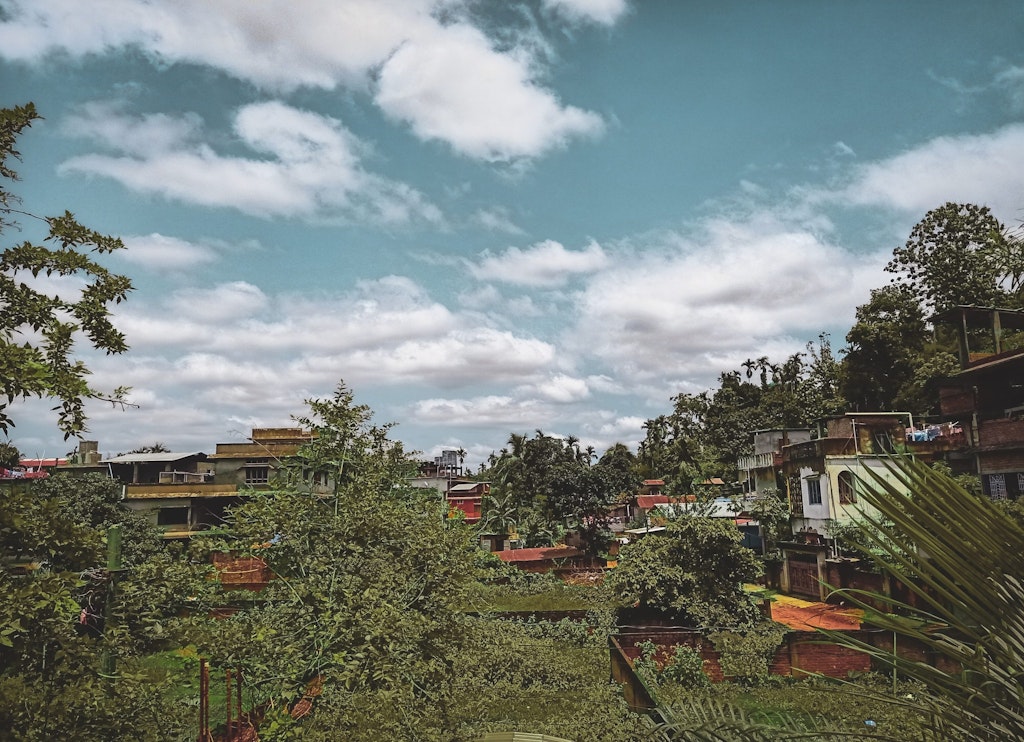
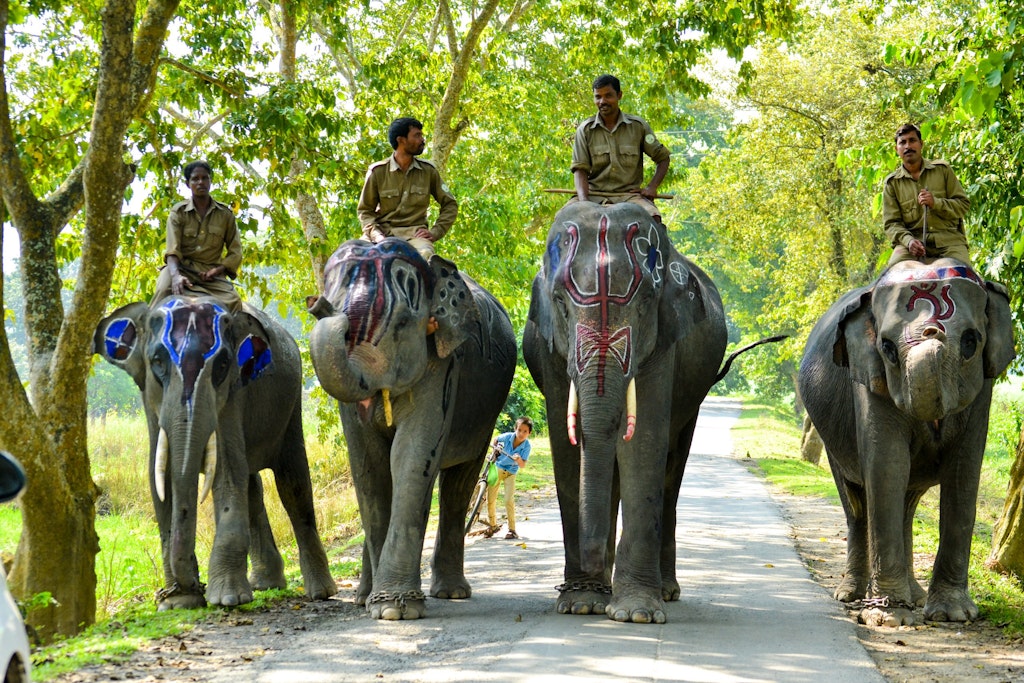
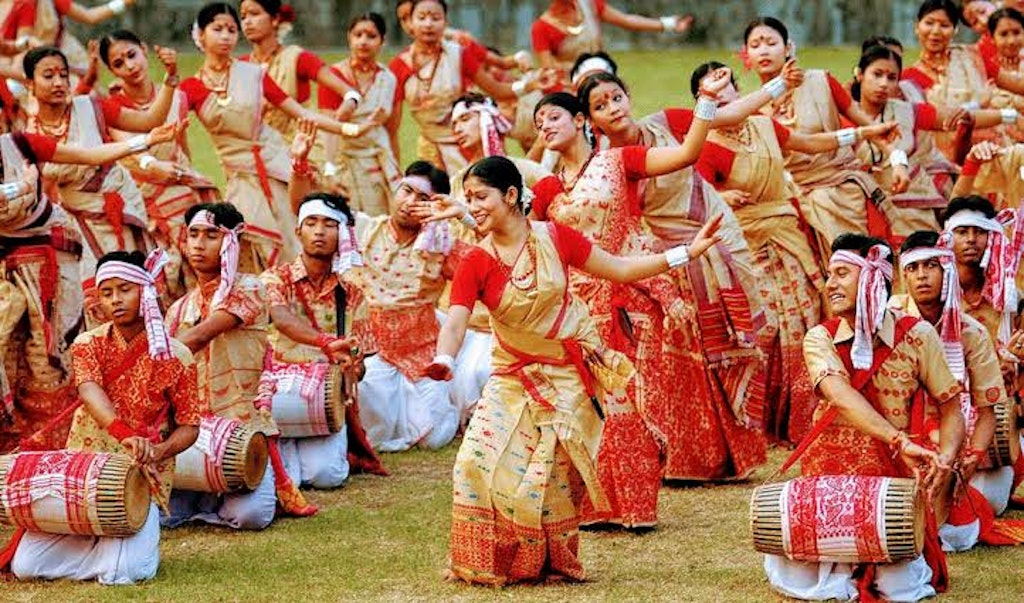
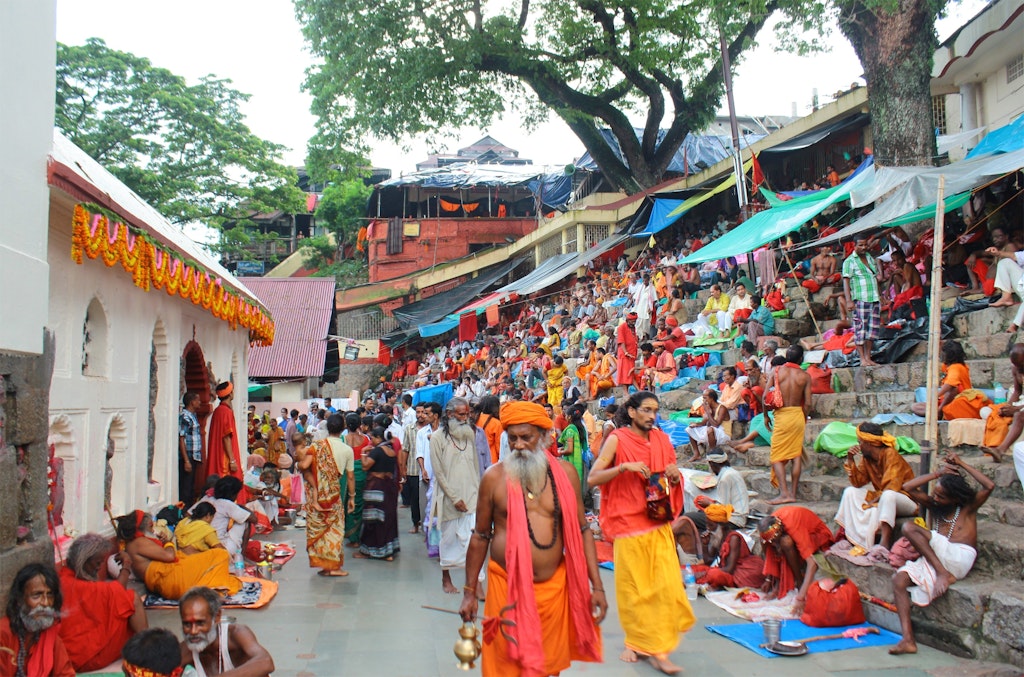
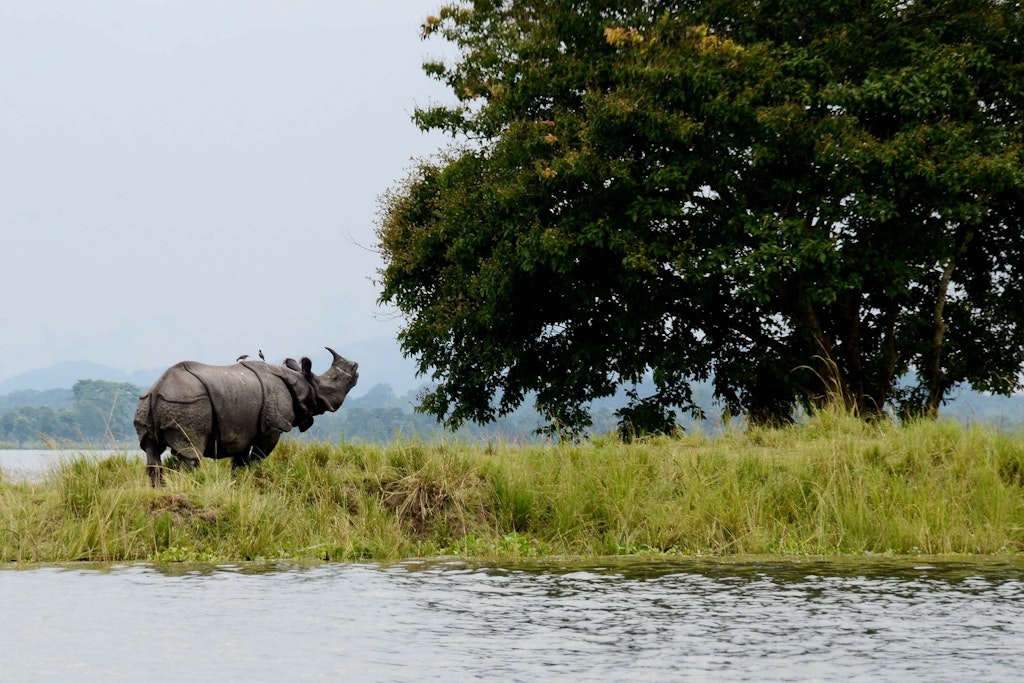
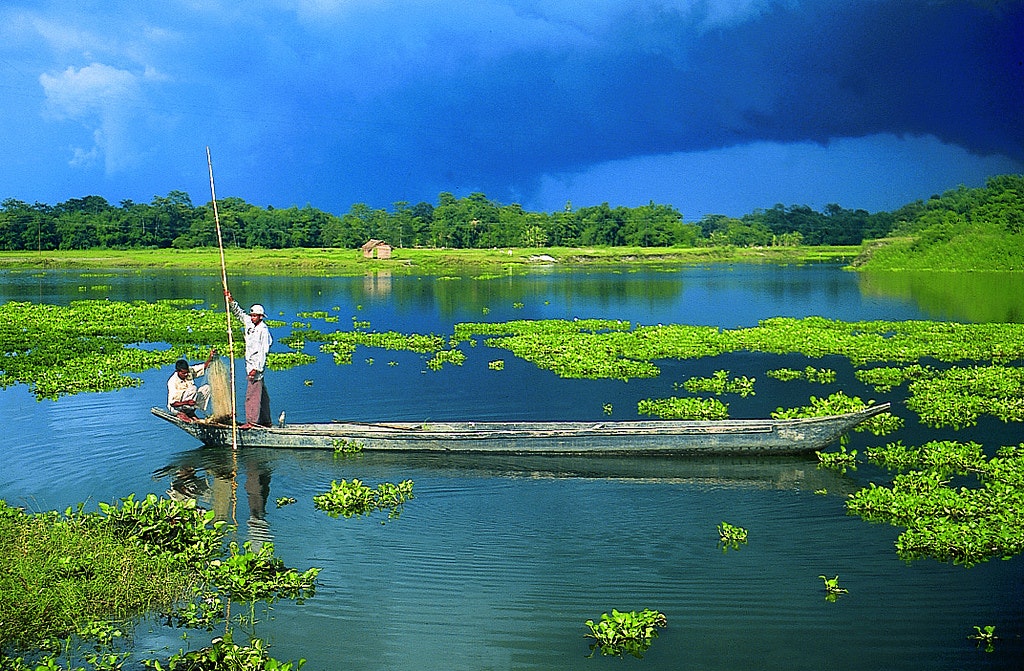
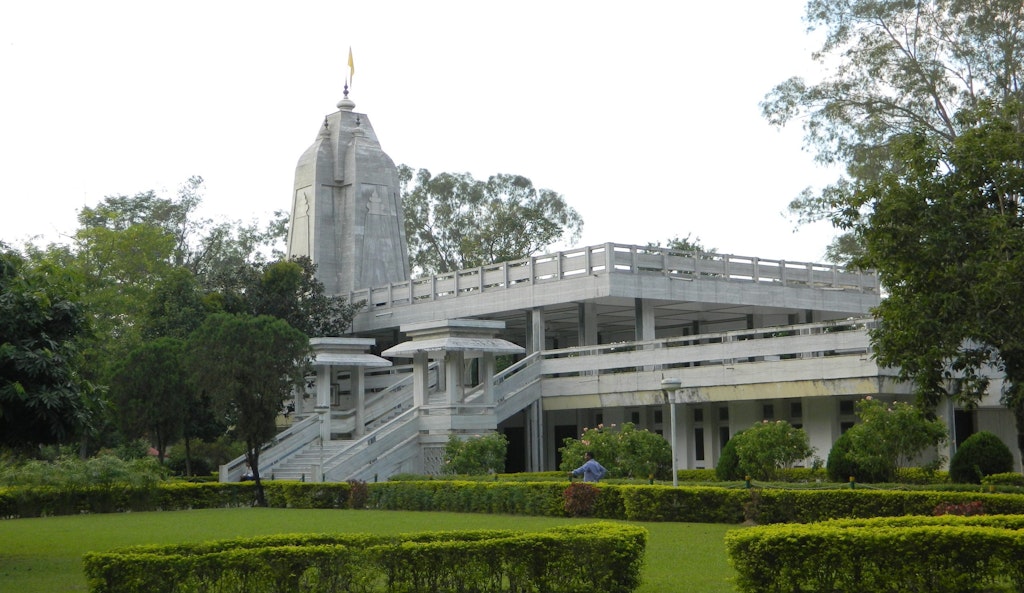
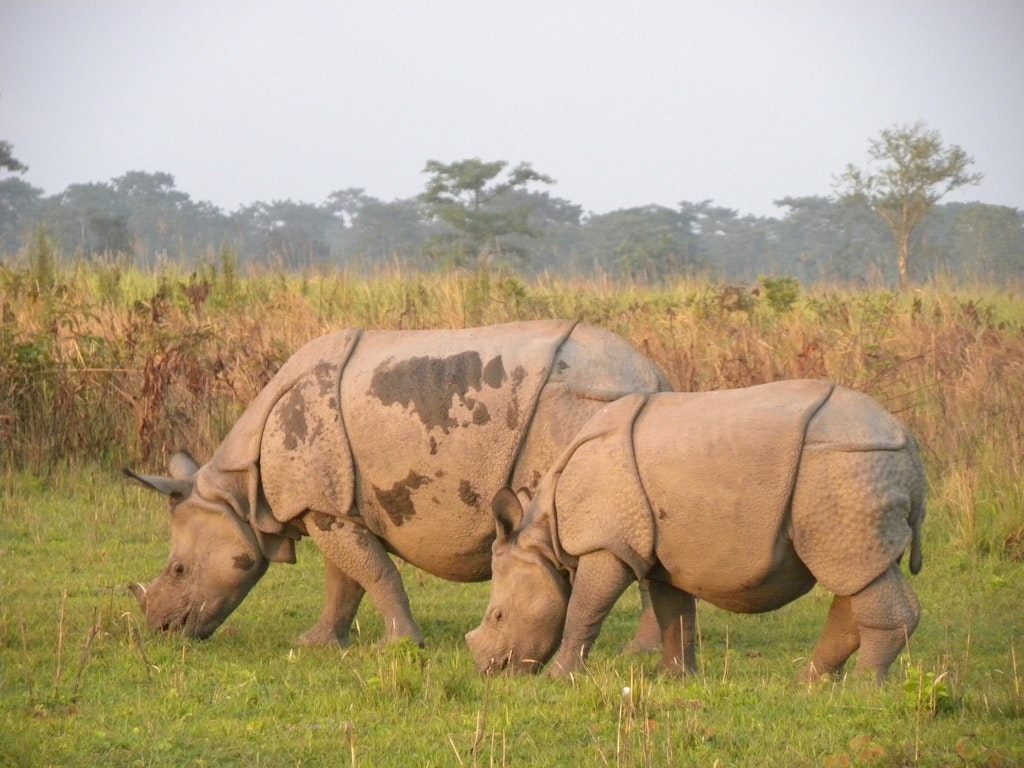
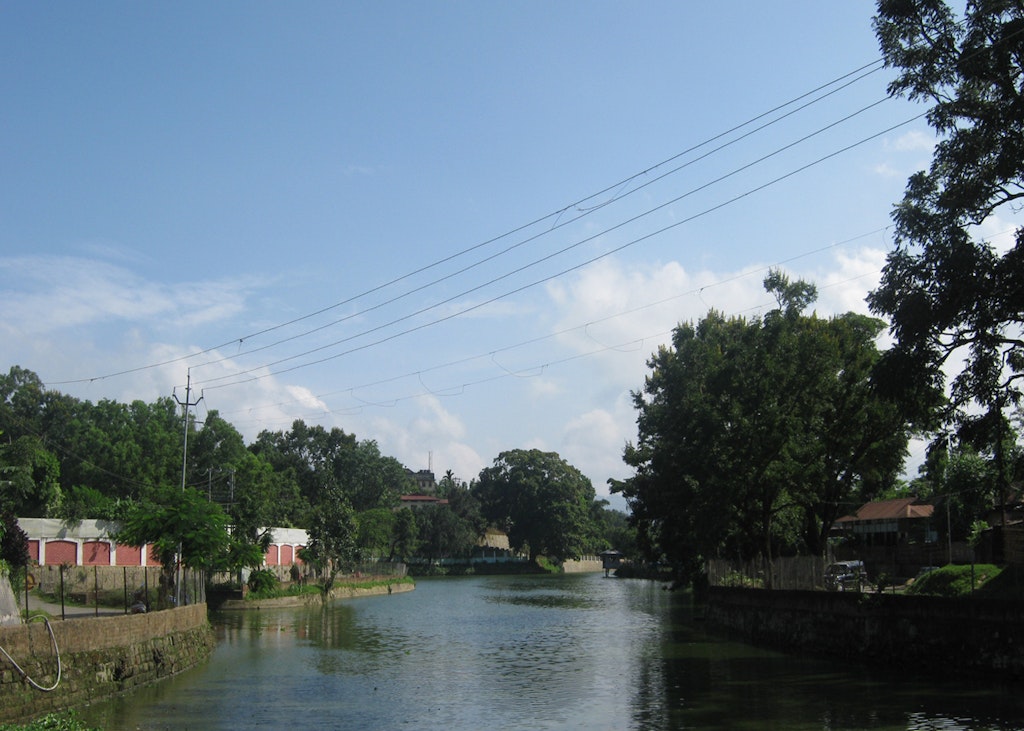







.jpg)
.jpg)







